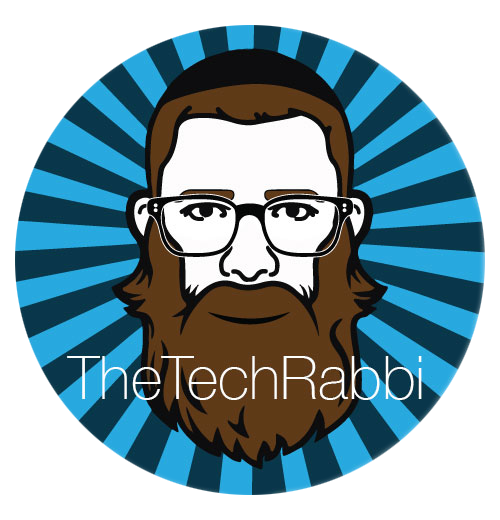Intentional Space & Reflective Experiences
As a global learning community, we are constantly promoting ourselves as 21st century learners. We are adaptive, mobile, flexible in what we learn, and how we learn it. On Twitter, I came across a tweet during one of the weekly education chats that stated:
We are closer to 21st century learning than ever before.
If we as learners choose to modify our experience, as well as create tools to enhance and expedite the process, then why are our learning spaces still rigid, one directioned, teacher centered lectures?

No amount of tablets and motion detected digital displays will transform education that is still filtered through the same spacial, teacher focused experience.
I first heard about Don Orth & The Hillbrook School through the edtech ciricut at ISTE 2012. It was my first exposure to a philosophical approach to space that mirrored the adaptability and efficiency we expect from our learning process and the tools we use to enhance it. I followed his experience with the iLab (Idea Lab) and saw amazing videos of students engaged, empowered, and most importantly, enjoying their learning.
In February, I attended the EdTechTeacher iPad Summit where Don shared his vision and practical application of intentional learning spaces. Since the 2012 launch of the iLab, Don Orth had integrated the intentional learning experience into three middle school classrooms. During his conference session at #EttiPad, Don ask five core questions of how we use our learning space. Do they Compliment the mobility of mobile technology? Are they multi-functional? Do they support project-based learning and design? Are they accessible to students? Do they allow for differentiated learning? I shared my session experience with my principal who met Don at the Boston iPad Summit and we both came to the same conclusion-
We had to see how ideas become a reality at Hillbrook's iLab.
Our team consisting of the principal, two educators, a parent, and myself met Don at the beautiful Hillbrook campus to see learning in action.

In general, in my experience attending conference sessions, presenters naturally showcase the successes of their process and outcomes. Conferences for me tend to be inspiration generators. They give you a spark, an idea that will on be successful long term due to your own research and development.
Don's presentation was different. His vision felt tangible and concrete. In his session he explained how individuals who are in charge of their learning space are not only more invested but responsible in their learning outcomes. One teacher at Hillbrook described a scenario of student choosing to build their own space for learning. If they fall off task or are not able to focus, the discussion of their productively is less about discipline and more about helping students think critically. If the space your building isn't creating an effective learning environment, then ask yourself what you can do to make it better? This challenges students to solve their own problems instead of being the problem, or being handed the solution.
Students want to feel independent; They take ownership over their personal or communal learning space which fosters problem solving, critical thinking, and planning.
While the empowerment of students is a powerful goal, it isn't something that will come over night. Students have been programed since their very first classroom experience to sit in their assigned seat, face forward, with eyes on the teacher. While the younger grades can be molded to meet the new learning process, it is very difficult for middle school students to thinking outside of the box. While we see students excelling when we give them open and free choices, in many cases the spacial standards of yesteryear are ingrained in their educational DNA.
At Hillbrook they create space through movable furniture as well as versatile writing spaces. The walls, desks, and mobile whiteboards create formations that fit the needs of the students, and what they are learning. Writing an expressive essay in english is not going to look like a collaborative project in history. How we crank out mathematical formulas does not have the same spacial needs as a science experiment. At Hillbrook Don supports the teachers, and it seems in the birthing stages of the classroom model, the faculty is supporting the students.
At Hillel, my school is in the planning stages of our own Collaboration Lab (CoLAB) (Still working out the name) and classroom space ,that will model Hillbrook's intentional learning spaces. The spaces themselves however, are not a recipe for success.
It is up to us as educators to help support students personal exploration into their learning environments, and help foster their own independent learning outcomes.
I recommend anyone considering modifying, creating, or building an adaptable learning space to reach out to Don Orth at Hillbrook School in Los Gatos.
Don Orth @finddonorth / Hillbrook.org


